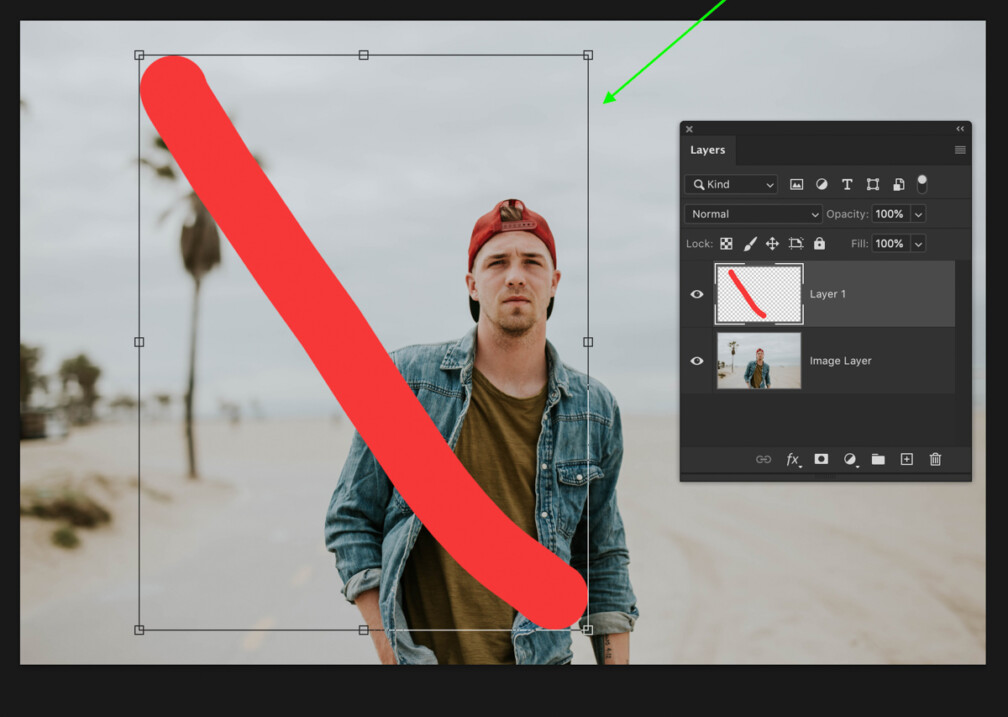A Guide to Non Destructive Editing in Photoshop opens the door to a world where creativity and flexibility reign supreme. In this digital age, artists and photographers alike seek ways to enhance their work without compromising the integrity of their original images. Non-destructive editing techniques allow for a seamless workflow, enabling users to make adjustments and alterations that can be easily reversed at any stage of the process.
This guide will explore the various tools and techniques available in Photoshop, ensuring that both beginners and experienced users can harness the full potential of non-destructive editing. From layer masks to adjustment layers, we’ll cover everything you need to know to edit your photos while keeping the original files intact.
Welcome to the world of creative writing! In this article, we will explore the art of storytelling, the importance of character development, and how to create compelling narratives that captivate readers. Whether you’re a seasoned writer or a budding enthusiast, understanding these core principles will undoubtedly enhance your writing skills.First and foremost, storytelling is an essential part of human culture.
From oral traditions passed down through generations to the modern novels we read today, stories have the power to connect us, teach us lessons, and stir our emotions. The essence of a good story lies not just in its plot but also in its characters. Characters are the heart and soul of any narrative; they drive the story forward and create emotional connections with the audience.When developing characters, it’s crucial to give them depth and complexity.
A well-rounded character typically has a mix of strengths and weaknesses, desires, and fears. This balance makes them relatable and authentic, allowing readers to see parts of themselves in the characters’ journeys. For example, consider a character who is a talented musician but struggles with self-doubt. This internal conflict adds layers to the character, making their triumphs and failures more impactful.Another vital aspect of character development is their backstory.
Understanding a character’s past can illuminate their motivations and behavior in the present. A character who grew up in a strict household may react differently in social situations than one raised in a more liberal environment. By weaving in these backstories, you create richer narratives that feel real and engaging.Moreover, dialogue is a powerful tool in character development. The way characters speak— their choice of words, tone, and mannerisms— can reveal much about their personalities.
Authentic dialogue helps the reader to hear the voice of the character, which enhances the immersive experience of the story. For instance, a character who uses formal language might come across as educated or reserved, while one who speaks in slang could be perceived as laid-back or rebellious.Let’s not forget the role of conflict in storytelling. Conflict is what drives a story forward; it creates tension and keeps readers engaged.
There are various forms of conflict: internal, where a character battles their own thoughts and feelings, and external, which involves obstacles from outside forces such as other characters or societal norms. The resolution of these conflicts is crucial as it brings closure to the narrative and often leads to character growth.Setting also plays an essential role in storytelling. The environment in which your characters operate can influence the mood, themes, and even the plot itself.
A bustling city might serve as the backdrop for a fast-paced thriller, while a serene countryside could set the stage for a reflective romance. By vividly describing the setting, you can transport your readers into the world you’ve created, making them feel as if they are a part of the story.Now, let’s discuss themes, which are the underlying messages or ideas that the story conveys.
Themes can range from love and friendship to betrayal and redemption. They provide depth to the narrative and give readers something to ponder long after they’ve finished the story. When crafting your theme, consider what message you want to leave with the reader. This intention can help guide the development of your plot and characters, ensuring that the story resonates on a deeper level.As you write, remember that the process is just as important as the final product.
Don’t be afraid to experiment with different styles and voices. Writing is a journey, and with every word, you are honing your craft. It’s also helpful to seek feedback from others, whether through writing groups or friends. Constructive criticism can provide new perspectives and insights that enhance your storytelling abilities.Lastly, embrace the revision process. The first draft is just that—a draft.
Allow yourself the freedom to write without judgment initially, then revisit your work to refine and polish it. This step is where the magic happens; it’s where you can clarify your ideas, enhance character arcs, and tighten your prose. In conclusion, storytelling is a multifaceted art that combines character development, conflict, dialogue, setting, and theme into a cohesive narrative. By focusing on these elements, you can create stories that are not only engaging but also resonate with readers on a personal level.
Keep practicing, be open to learning, and most importantly, enjoy the process of bringing your stories to life. Happy writing!
Clarifying Questions: A Guide To Non Destructive Editing In Photoshop
What is non-destructive editing?
Non-destructive editing allows you to make changes to an image without permanently altering the original file, enabling easy reversibility.
Why should I use non-destructive techniques?

Using non-destructive techniques gives you the flexibility to experiment without the risk of losing your original work.
Can I apply non-destructive editing to video in Photoshop?
Yes, non-destructive editing techniques can also be used in video editing within Photoshop, similar to how they are applied in still images.
Is non-destructive editing slower?
While it may take slightly longer due to the additional steps, the benefits of flexibility and safety outweigh the time investment.
What tools in Photoshop support non-destructive editing?
Tools such as adjustment layers, layer masks, and smart objects are key features that support non-destructive editing in Photoshop.


